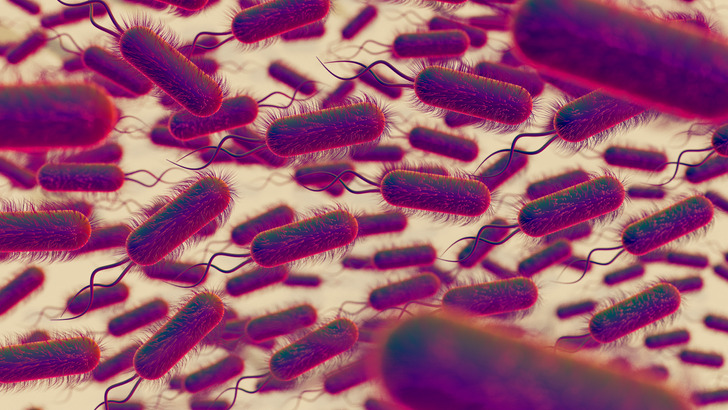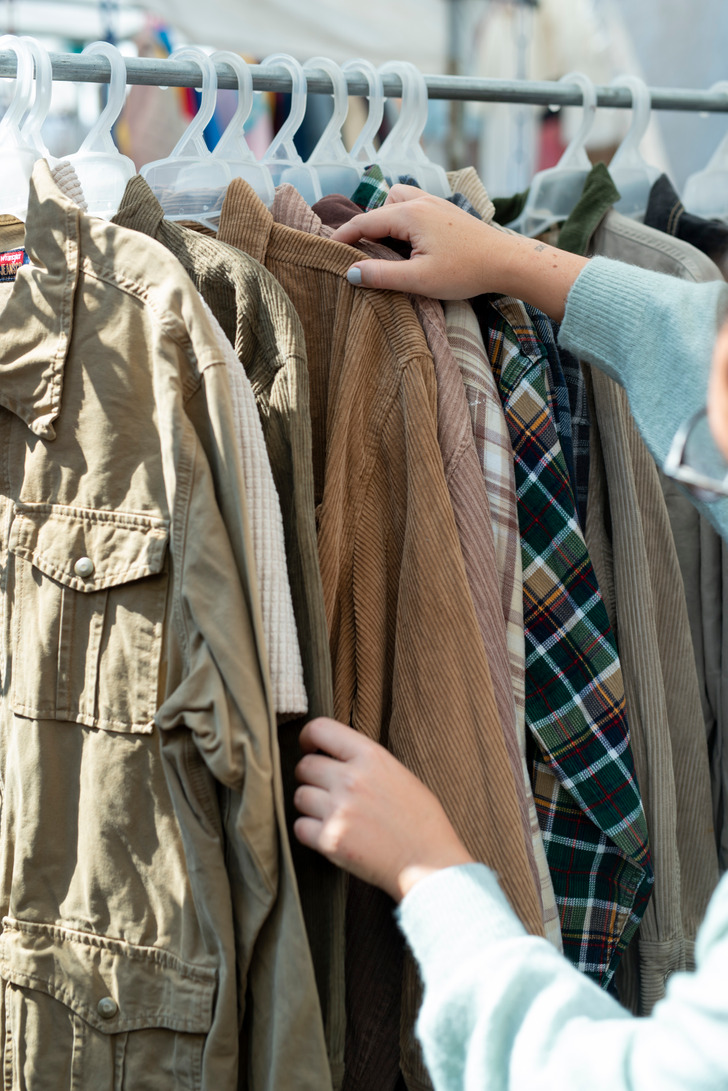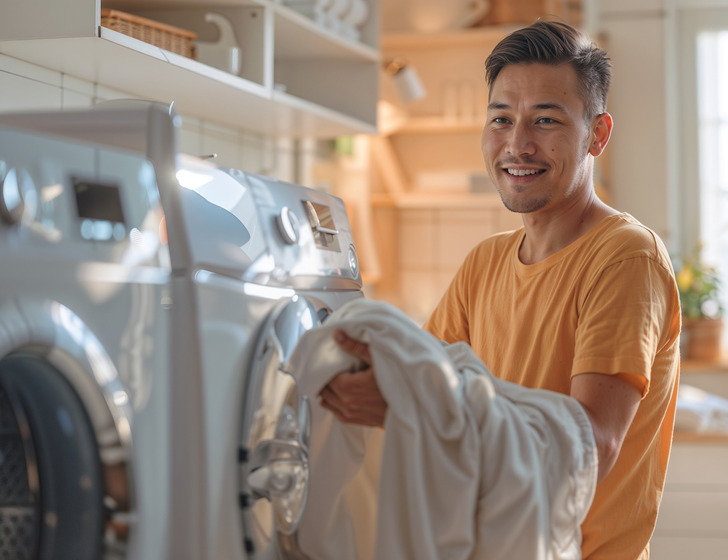I think, I can never earn over which I paid by my precedent employer, but I was wrong, world is so large to try their fate. but now I am making $52/h even more,and easily earn minimum $1300/week, on the experience everyone must try to do work online, easy way to earn, here's an example.
𝐰𝐰𝐰.Richnow05
"They're Swimming in Germs," Scientists Give an Urgent Warning to Everyone Who Buys Vintage Second-Hand Clothes

From the bustling stalls of London’s Brick Lane to the trendy booths at New York’s Brooklyn Flea, vintage markets have become popular hotspots for fashion-forward, eco-conscious shoppers looking for unique finds. However, a new report has emerged that might make you reconsider your next vintage market adventure.
Scientists have issued an important warning addressing vintage shoppers.
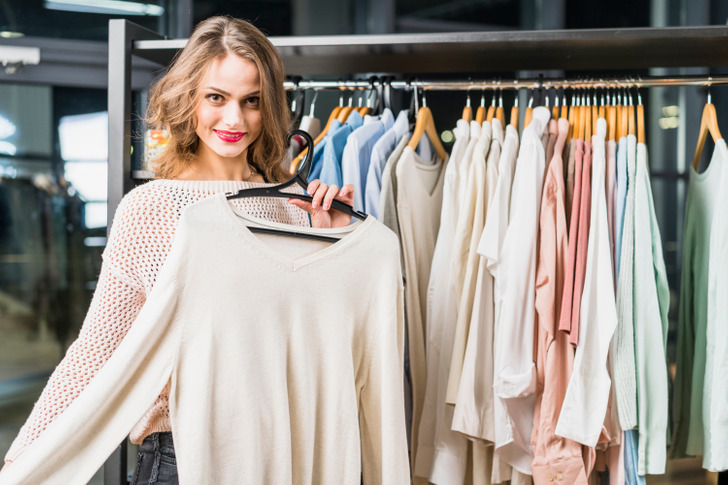
Dr Primrose Freestone, a senior lecturer in Clinical Microbiology at the University of Leicester, has warned that second-hand clothes are 'swimming in germs'.
Alarmingly, it's highlighted that second-hand clothing can potentially harbor bacteria, fungi, and viruses that could lead to a variety of health issues, ranging from minor to severe. Among the possible risks are skin infections like athlete’s foot, which can be caused by lingering fungi, as well as gastrointestinal problems like diarrhea, which could result from contact with harmful bacteria that may have accumulated on unwashed garments.
Health experts stress that pathogens can survive on fabric for extended periods, depending on the material and conditions. This means that the second-hand clothes you pick up at your favorite flea market or vintage store may still carry traces of the previous owner’s skin cells, sweat, or even illnesses if the items haven’t been properly cleaned.
The key takeaway from the report is clear: while second-hand shopping is a great way to find unique pieces and reduce environmental impact, it’s crucial to be vigilant about hygiene.
Vintage-shoppers are actually buying a "reservoir of bacteria", according to scientists.
Dr Primrose Freestone explained, "Demand for secondhand and vintage clothing has surged within the last few years."
She added, "Pre-owned fashion is seen by many consumers as a cheaper, more environmentally friendly way to expand their wardrobe. But as excited as you might be to wear your next secondhand purchase, it's important you disinfect it properly first. This is because clothing can actually be an important reservoir for many infectious diseases."
Our skin is naturally coated in millions of germs, which are then transferred onto the clothes we wear. However, germs that are normal for one person's skin can be disease-causing to others. Dr Primrose says, "Clothing is a well-known carrier of many disease-causing pathogens. This means that germs from the original owner's unique skin microbiome could still be found on secondhand clothes if the items weren't cleaned prior to selling."
"It also means that any infections or pathogens they might have had when they last wore the clothes could still be found there," she added.
Bacteria that live in vintage clothes, are very viable and they aren't easy to get rid of.
Dr Primrose said, "Many of the microbes that regularly call the skin microbiome home include the bacteria Staphylococcus (which causes staph infections), Streptococcus (the bacteria behind strep A), fungi such as Candida (the species of yeast that most commonly causes thrush) and viruses such as the Human papillomavirus (which causes HPV)."
There's a survey of secondhand clothes that was done specifically for the items, which were being sold in a market in Pakistan. It detected the presence of Bacillus subtilus and Staphylococcus aureus in many of the samples taken. These bacteria can cause skin and blood infections. Parasites which can cause skin infections (such as dermatitis and scabies) have also been found on secondhand clothing.
According to Dr Primrose, the skin’s microbes can live on the amino acids in sweat, as well as the sebaceous oil released from hair follicles and the proteins of skin cells, all of which are deposited into clothes when we wear them.
Doctors share proven methods of how to avoid the risks of getting infected.
Dr Primrose shared, "Most microbes need water to grow. Skin areas that tend to get moist – such as the armpits, feet and private parts – tend to have the highest number and most diverse species of microbes. Fabric that has come in contact with these regions will be the most contaminated. Alongside bodily fluids, clothes can also become contaminated with traces of food debris. This could also act as a source of growth for any bacteria or fungi present."
This is why, according to microbiologists, washing secondhand clothes is so important for preventing germ growth and reducing infection risk. Dr Primrose advised, "It’s recommended that you wash newly purchased secondhand clothes with detergent at a temperature of around 60°C. This will not only clean any dirt from the clothes, but will also remove germs and inactivate pathogens. Cold water will not work as well to get rid of pathogens within clothing."
"You should try to initially wash secondhand clothes separately from regular laundry to reduce cross contamination of clothing. Soaking the secondhand clothing in a separate bowl of hand-hot (not boiling) water with antibacterial laundry detergent for two to three hours should eliminate any pathogens present. Follow with a regular machine wash."
The doctor added, "To be even more sure you eliminate any remaining germs, a hot tumble dryer or a steam iron treatment (again, around 60°C if your fabric allows it) is highly effective at killing bacteria, viruses and parasite eggs. Although many secondhand clothes sellers say they wash clothing before selling, you can never be too sure. This is why it’s a good idea to wash any secondhand clothes you buy regardless. It’s probably also a good idea to wash any new clothes you buy before wearing as well."
And here's yet another useful article that will make you want to never make your bed first thing in the morning. Read more to find out why the habit of neatly arranging your bed after waking up may actually be harmful for you.
Comments
Related Reads
I Refuse to Share My Son’s Grief Money With My Mother-in-Law

12 Dates That Started Like a Hollywood Love Story, but Ended Far From It

I Helped a Friend Have a Child — Now He Wants a Relationship I Never Agreed To
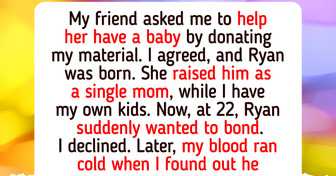
15+ Raw Stories About Jealousy That Can Leave You Speechless

10 Stories That Prove Kindness Costs Nothing Yet Heals Everything

14 Times Kindness Was the Plot Twist No One Saw Coming
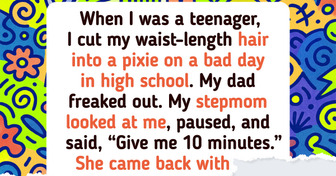
15 Stories That Prove a Small Spark of Kindness Can Light Up a Fading Soul

I Refuse to Keep Paying for “Family Trips” I Never Get to Go On

My Stepdaughter Stole My Food to Feed Her Kids, I Don’t Want Her in My House Anymore

I Refused to Work on My Vacation, Even Though “Millions Were at Stake”

My Grandpa Left His Inheritance to Me, and It Sparked a Huge Conflict in My Family

20 Tutors Reveal What Really Goes On Behind Closed Doors

